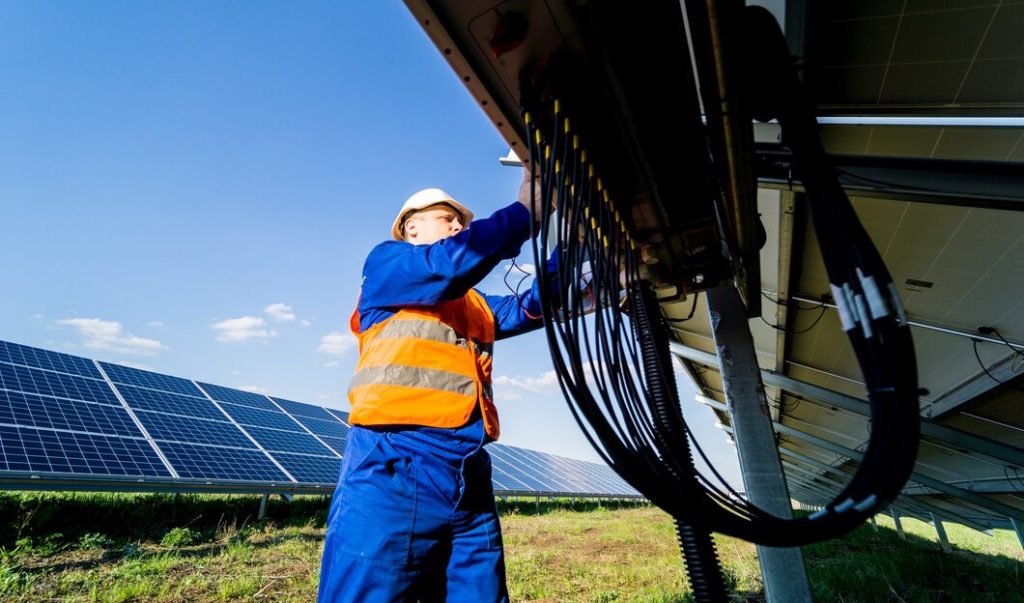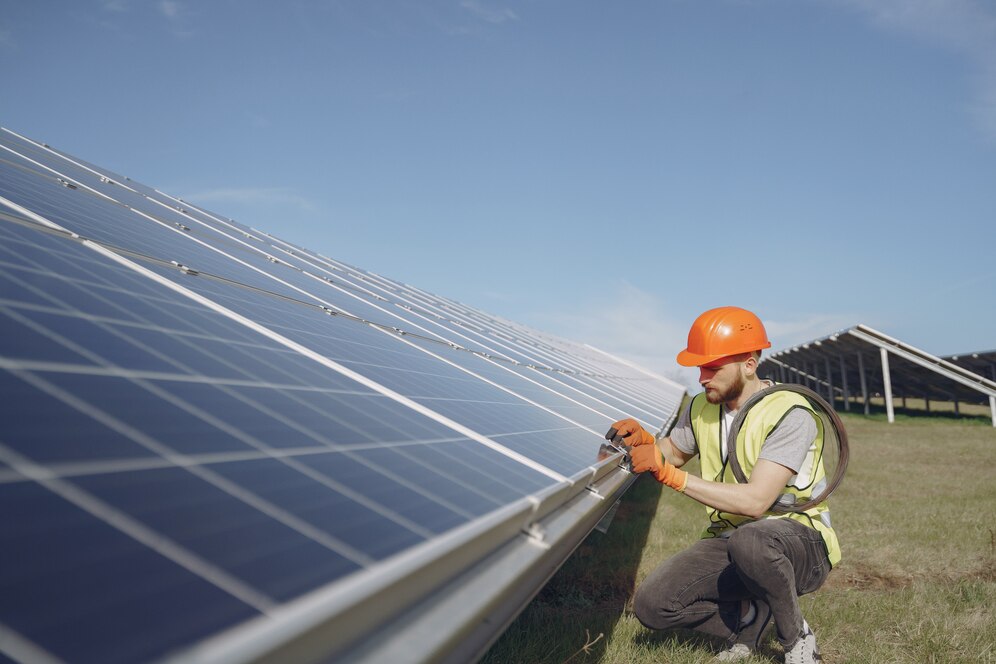Solar Energy Electrical Contracting Applications: Take a Step Towards a Sustainable Future
Solar Energy Systems (SES) electrical contracting applications are an integral part of the transition to sustainability and green energy in the energy sector. These applications include photovoltaic panels that convert solar energy into electrical energy and have a wide range of uses, from industrial facilities to residential buildings.
Advantages:
Environmentally Friendly Energy: SES electrical contracting applications enable electricity production using solar energy, reducing carbon footprint and promoting eco-friendly practices.
Cost Reduction in Energy: Solar energy, obtained freely from sunlight, reduces energy costs and provides long-term savings.
Sustainability and Green Certifications: SES projects assist companies in achieving sustainability goals and obtaining green energy certifications.
Energy Independence: Solar energy allows for off-grid energy production, enhancing energy security.
Low Maintenance Costs: Photovoltaic panels have low maintenance requirements and long lifespans, minimizing operational costs.
Applications:
Industrial Facilities: actories, warehouses, and manufacturing plants can produce their own energy and reduce energy costs using SES electrical contracting applications.
Residential Projects: Solar energy contributes to energy efficiency and sustainability goals in residential projects.
Agriculture and Irrigation Systems: SES provides an effective solution for meeting the energy needs of water pumping and irrigation systems in agricultural fields.
Public Buildings: chools, hospitals, and other public buildings can reduce energy costs by integrating SES applications onto their rooftops.
Infrastructure Projects: Solar energy can be used to meet electricity needs in infrastructure projects such as street lighting, intersections, and other infrastructure projects.
SES electrical contracting applications, represent a sustainable transformation in the energy sector and help businesses, communities, and individuals reduce their environmental impact.




